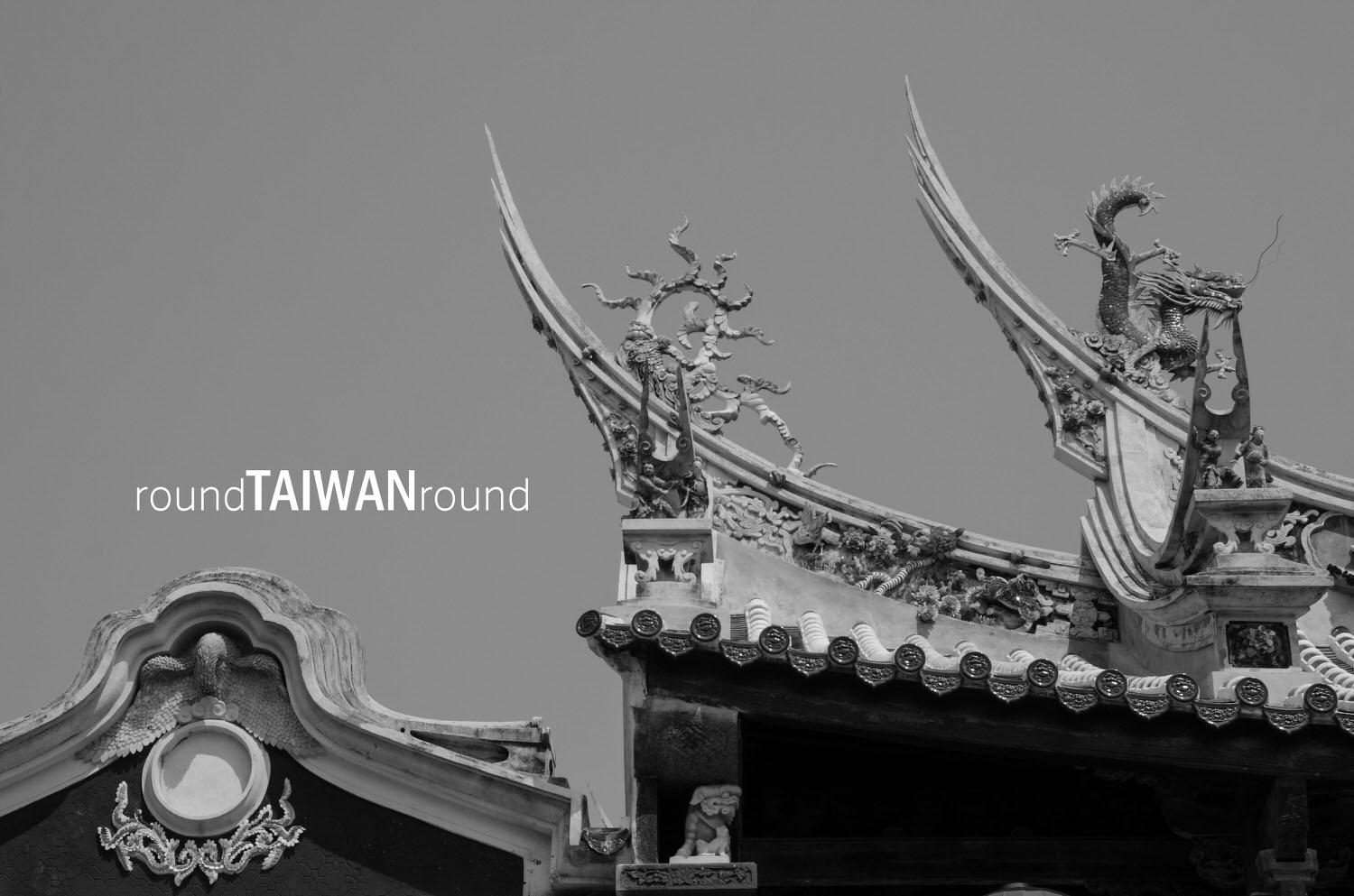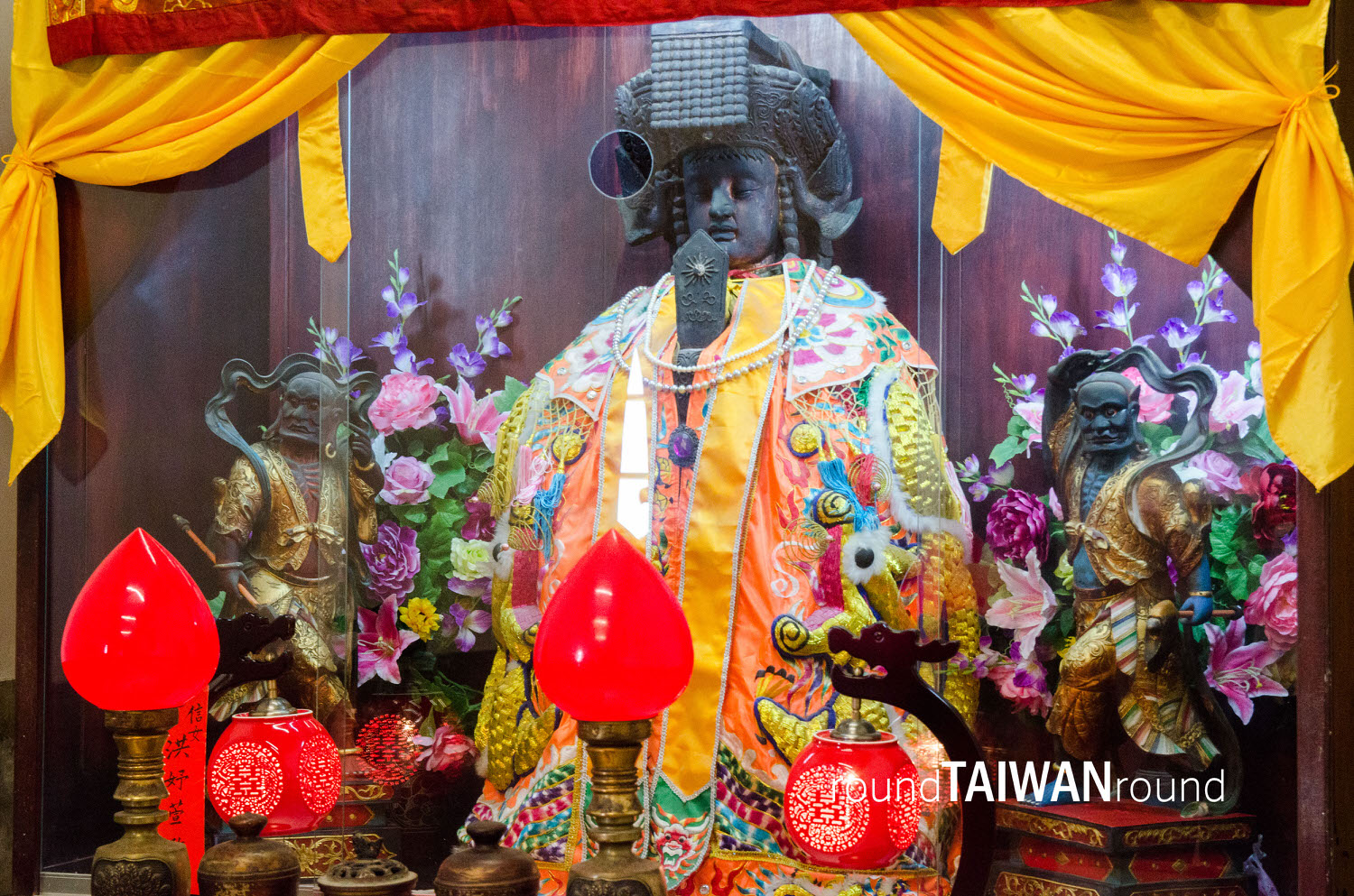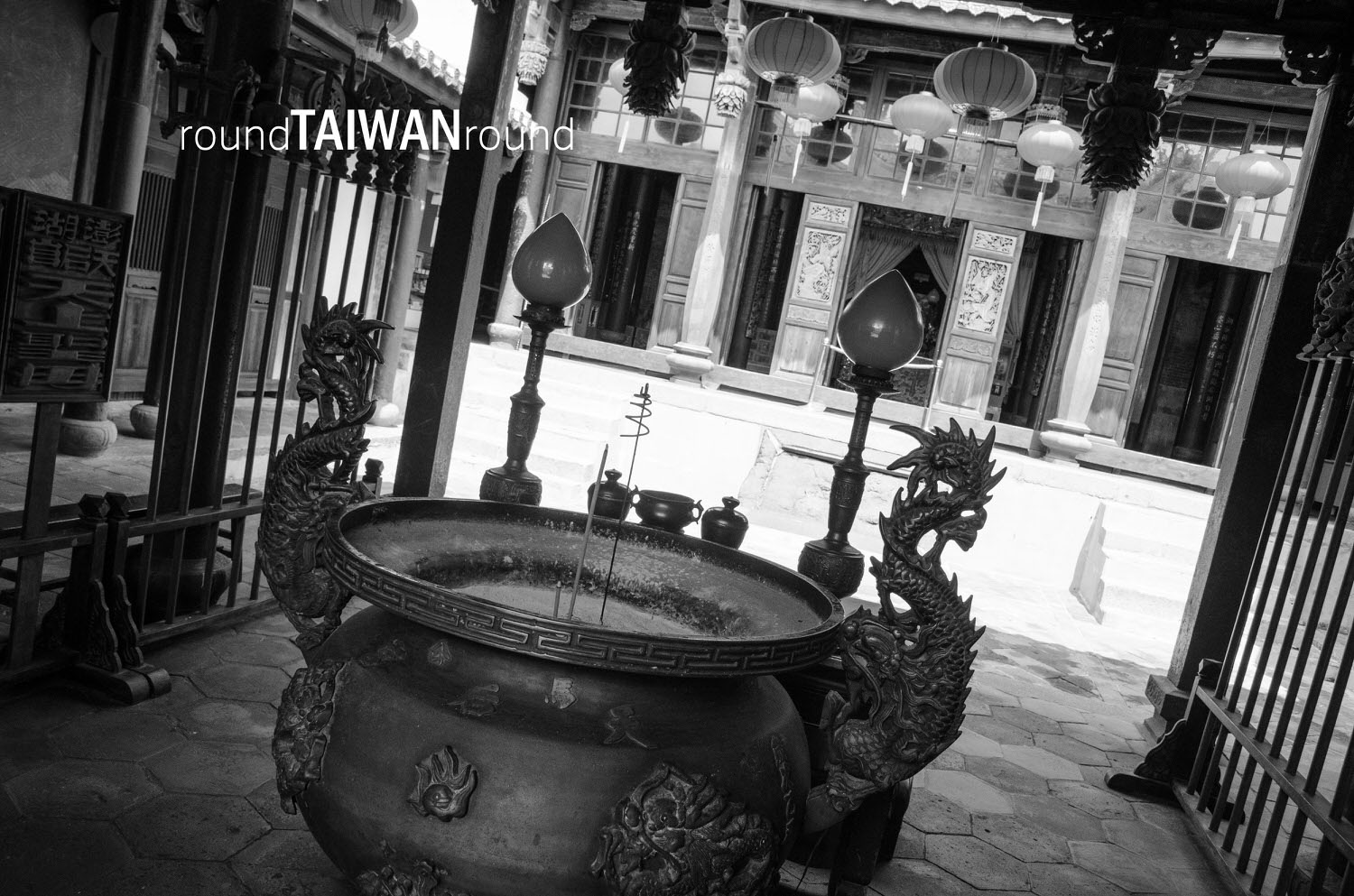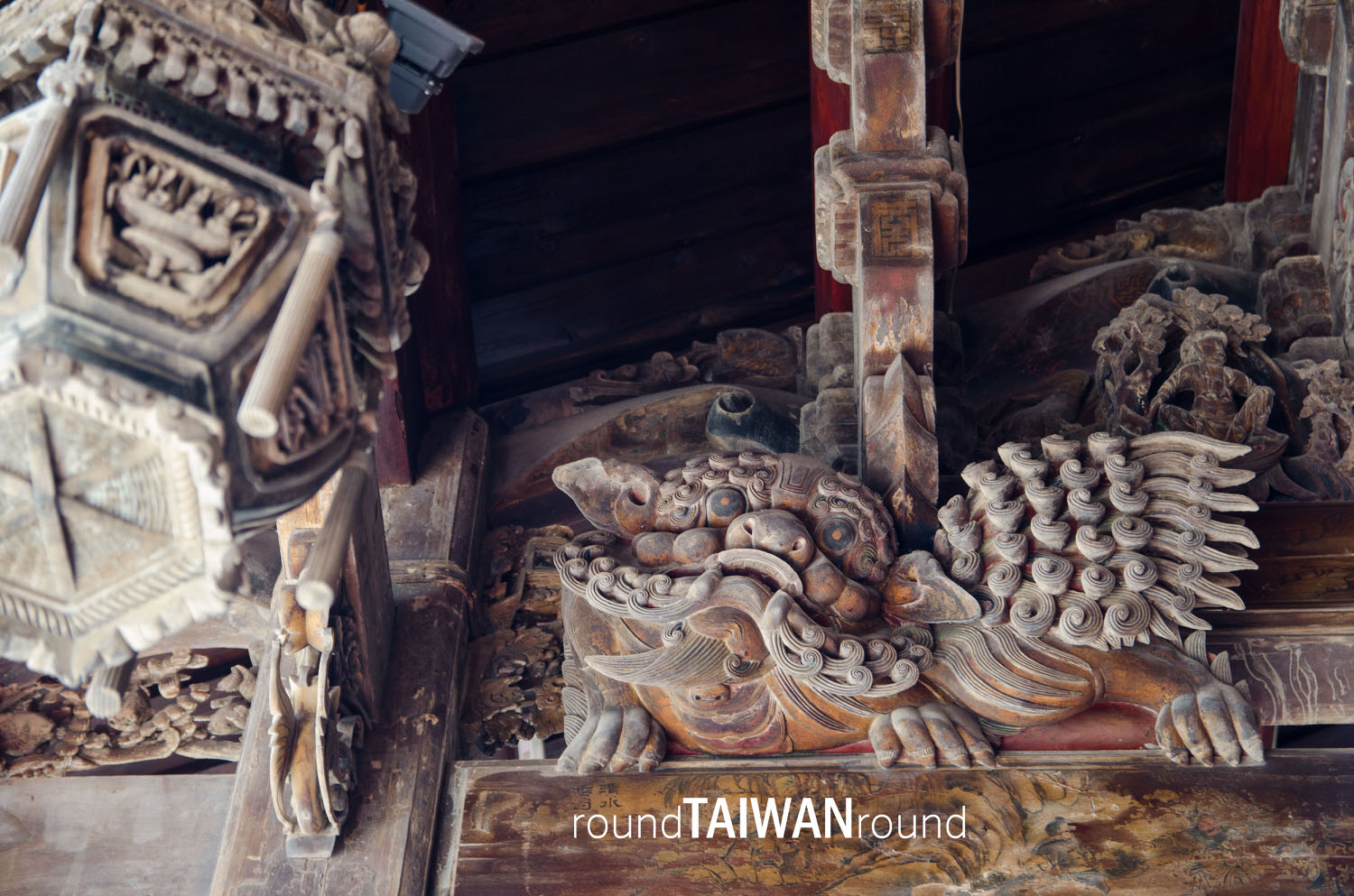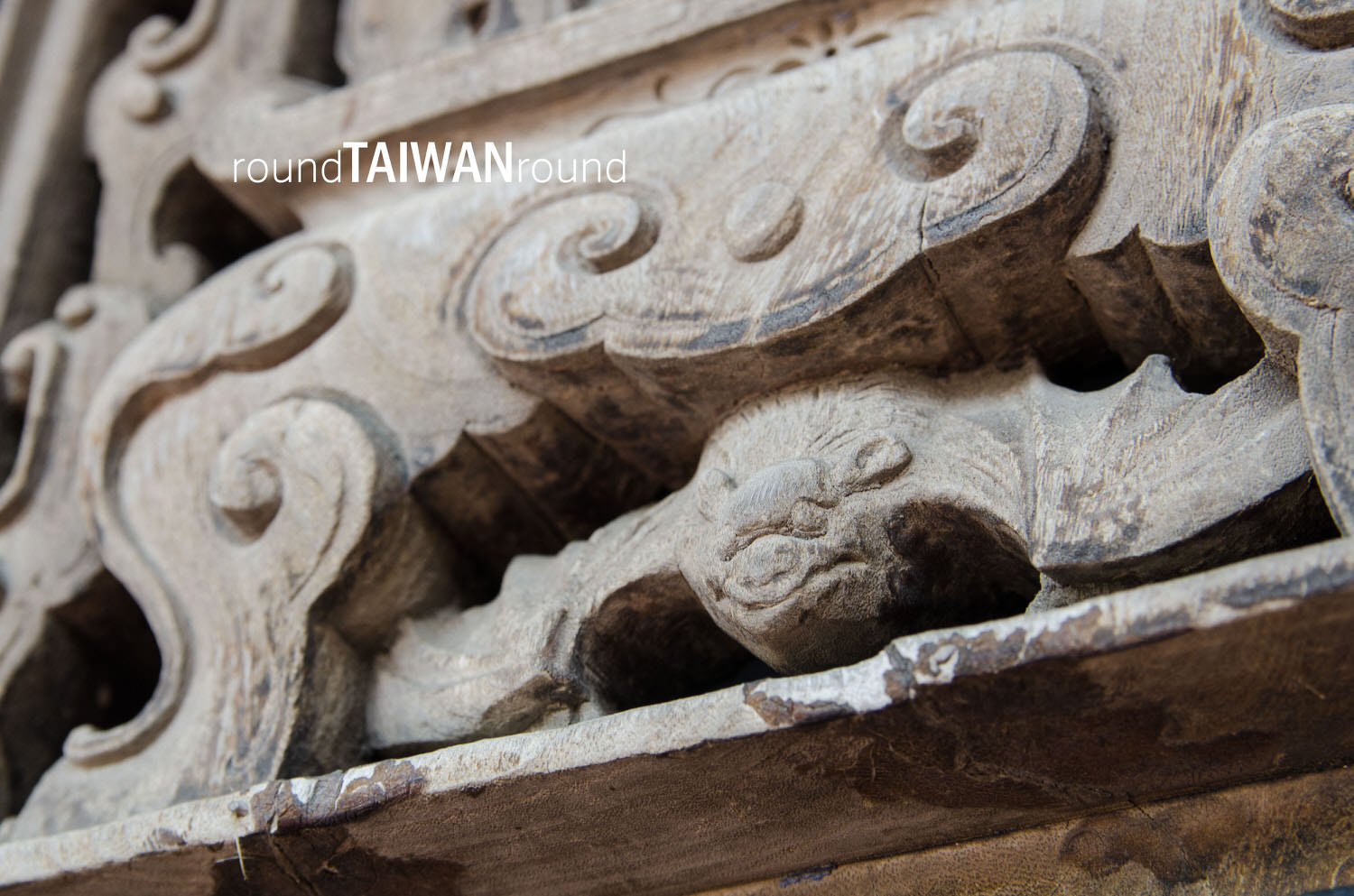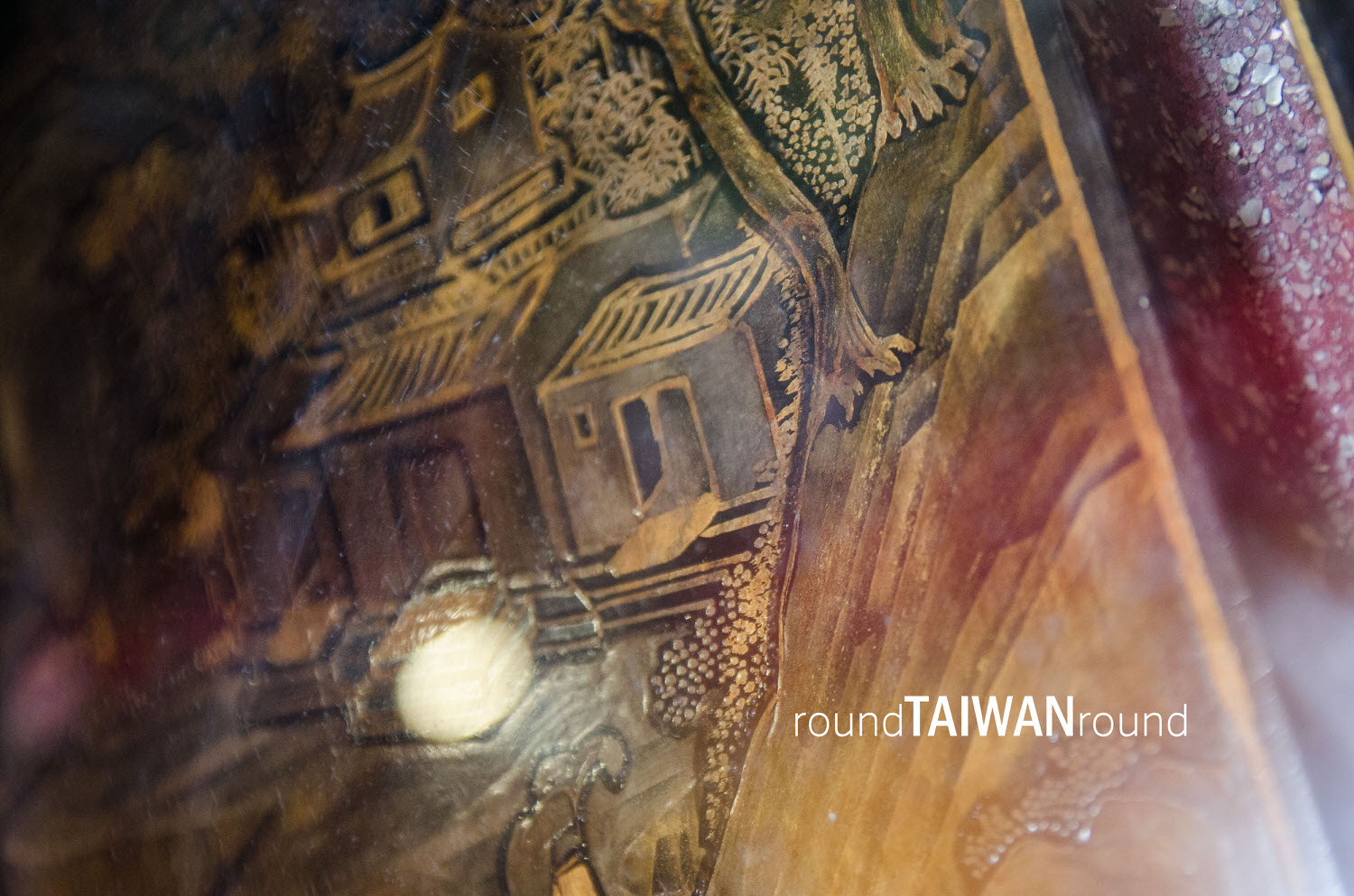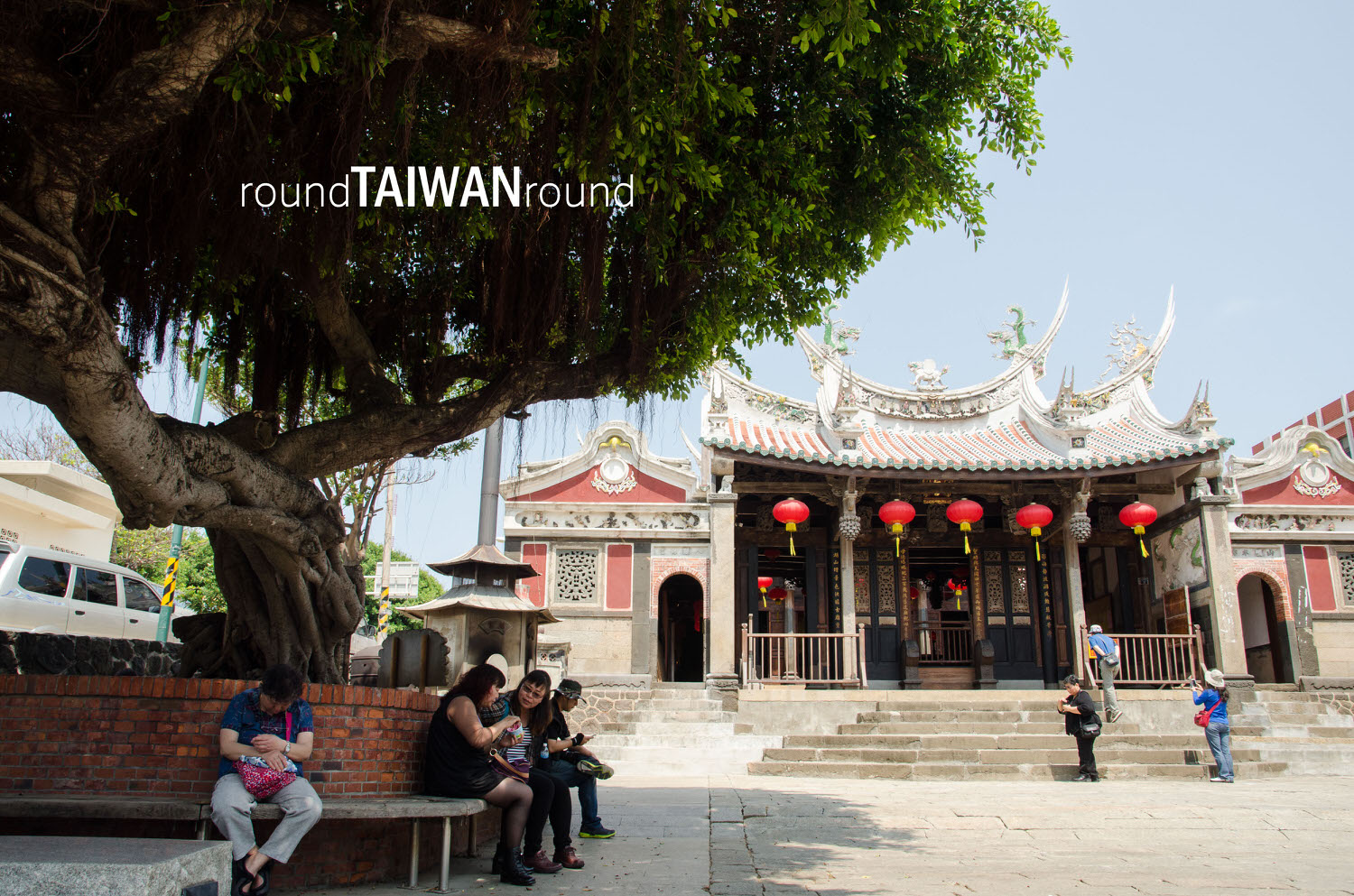Mazu is the most commonly worshipped sea Goddess in areas south of the Yangtze River. She also represents one of the most dominant folk religion in Taiwan, where Mazu temples, large or small, appear everywhere. When it comes to Taiwan's Mazu temples, one cannot finish the talk without mentioning Penghu Mazu Temple. In Penghu, the worship of Mazu was introduced around the late Ming dynasty by immigrants from the south of Fujian province. Penghu Mazu Temple is the oldest Mazu Temple in both Taiwan and Penghu. It has a history of 400 years and is now listed as the country’s first-class historic site.
Penghu Mazu Temple is called Mazu Temple or “Magong” by locals. The name "Magong" was formerly the name of Penghu's most busy city—now Magong City. Because of its meandering history, the temple has undergone many renovations since the Qing dynasty. Today, the appearance of Mazu Temple was mainly crafted by masters from Guangzhou and Chaozhou in 1922. Therefore, its style is a little bit different from the southern Fujian style temples commonly seen in Taiwan. When you come to Penghu Mazu Temple, there are three must-see places that you shall not miss.
First, take a good look at the basalt dragon stone carving between the main hall and the front hall. It seems implausible to say it's a dragon carving because the surface just looks uncarved. In fact, the carving is made of Penghu’s softer basalt and is located just under the eaves. Rain droplets have long eroded the carving, making it beyond recognition. This phenomenon is rarely seen in Taiwan Island, therefore reflecting the geological features and the far-reaching history of the place where Mazu Temple stands. Second, pay attention to the gold powder paintings on both sides of the shrine in the main hall. With layers of gold foils beaten on undried black varnishes, the painting was made by a special technique that is said to have been lost. The painting itself is arguably a nation-treasured artistic work. The third feature is even more precious. The Mazu statue, which carries a history about more than 700 years, is the oldest in Taiwan. A one-piece solid wood carving weighing up to 150 kilograms, the statue has survived the twists of modern Chinese wars and the Cultural Revolution and was respectfully moved across the sea from Tianjin Mazu Temple to Penghu. It's definitely the one and only treasure that you cannot miss in Penghu Mazu Temple.


